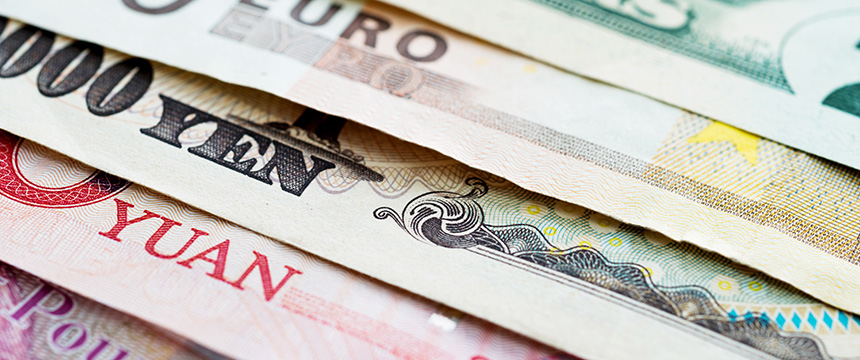
U.S. companies conducting business abroad face myriad compliance and regulatory challenges. To help mitigate these compliance risks, Foley has created a series of interactive global risk maps that provide quick visual indications of relative bribery, sanctions, and human rights compliance risks in every country around the globe.
Please find below the International Compliance and Risk Mitigation Heat Map, and if you have any questions, contact your Foley attorney or any of the lawyers listed below.
Bribery/Corruption Risk Heat Map
This map reflects Foley’s assessment of bribery and corruption risk presented by conducting business in various countries around the world. Countries in red are viewed as high risk; countries in orange as medium/high risk; countries in yellow as medium risk; and countries in blue as low risk. Companies should tailor their compliance programs and control procedures based in part on the perceived risk of bribery and corruption presented in their respective countries of operation, taking into consideration the types of business activities occurring in those countries and the degree of interaction with government officials.
Contacts: David Simon, Olivia Singelmann, John Turlais, and Jenlain Scott
U.S. Sanctions Risk Heat Map
This map reflects Foley’s assessment of U.S. economic sanctions risk presented by conducting business in various countries around the word. Countries in maroon are comprehensively sanctioned, and potential transactions involving these countries should not proceed without thorough legal review and authorization given the extremely high risk of violating U.S. sanctions. Countries in red are deemed high risk due to significant list-based sanctions. Countries in orange present moderate risk due to some list-based sanctions, coupled with a relatively high diversion risk. Countries in yellow are subject to limited list-based sanctions but present some risk due to a moderate diversion risk. And countries in blue are not sanctioned and present a low diversion risk. Companies should implement screening procedures of relevant parties that take into consideration the countries associated with the transaction and with the relevant parties.
Contacts: Christopher Swift, Gregory Husisian, John Turlais, and Jenlain Scott
Forced Labor/Child Labor Risk Heat Map
This map reflects Foley’s assessment of the pervasiveness of child/forced labor used to produce goods in various countries around the world. Countries in maroon are perceived as having the highest incident rates of products made using child/forced labor; countries in red have high incident rates; countries in orange have medium/high incident rates; countries in yellow have medium incident rates; and countries in blue have low incident rates. Companies should tailor their supply-chain due diligence and monitoring procedures to account for the pervasiveness of child/forced labor in the countries from which they source raw materials and other goods.
Contacts: David Simon

